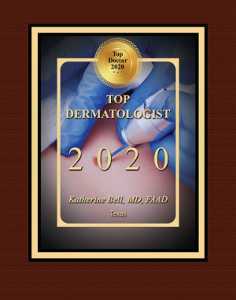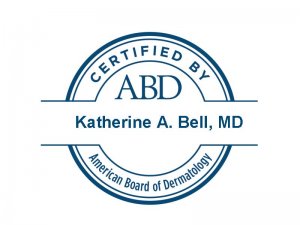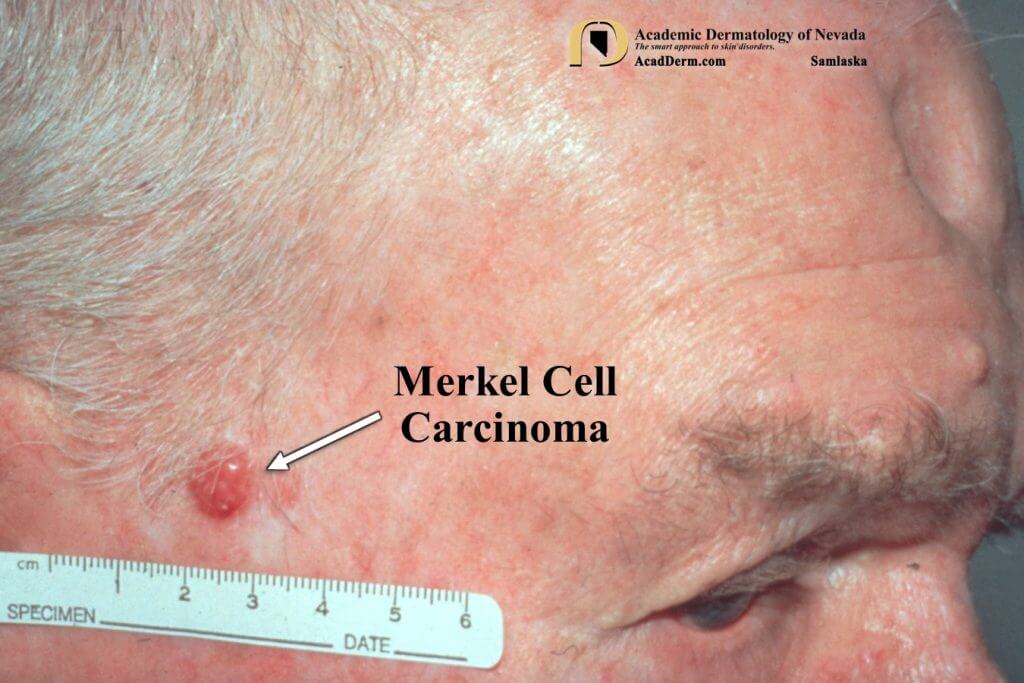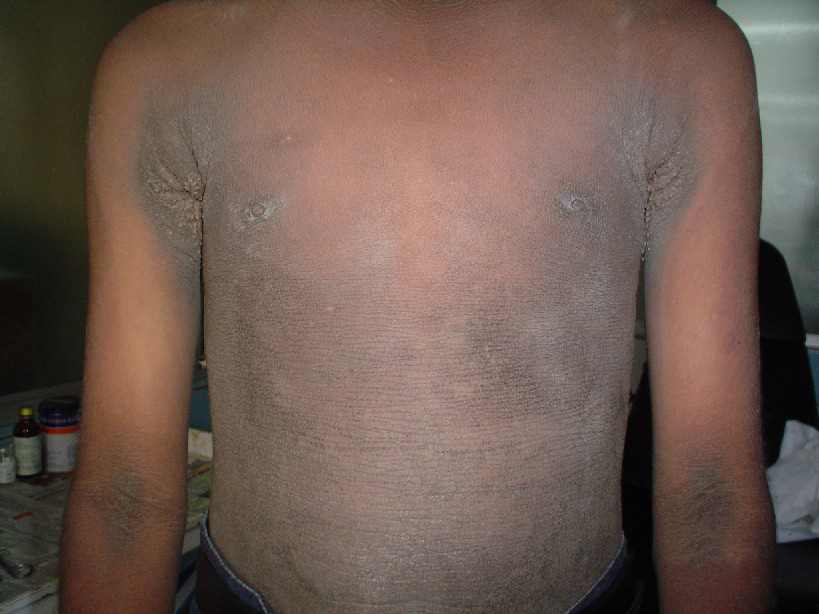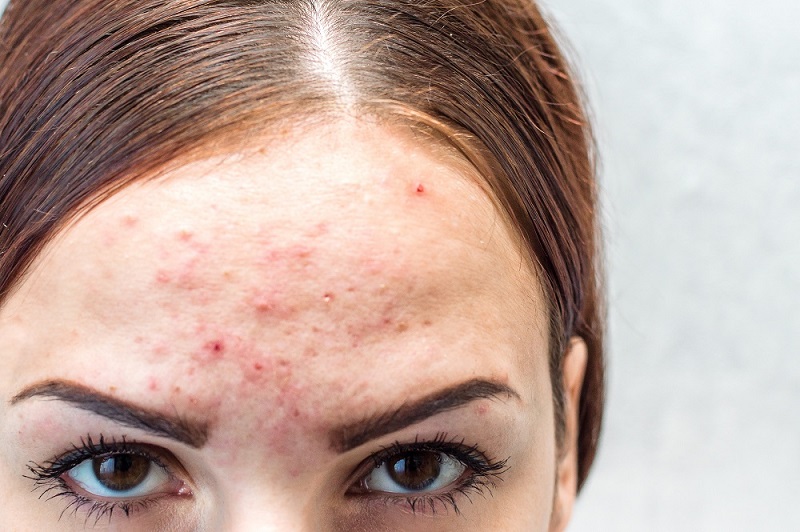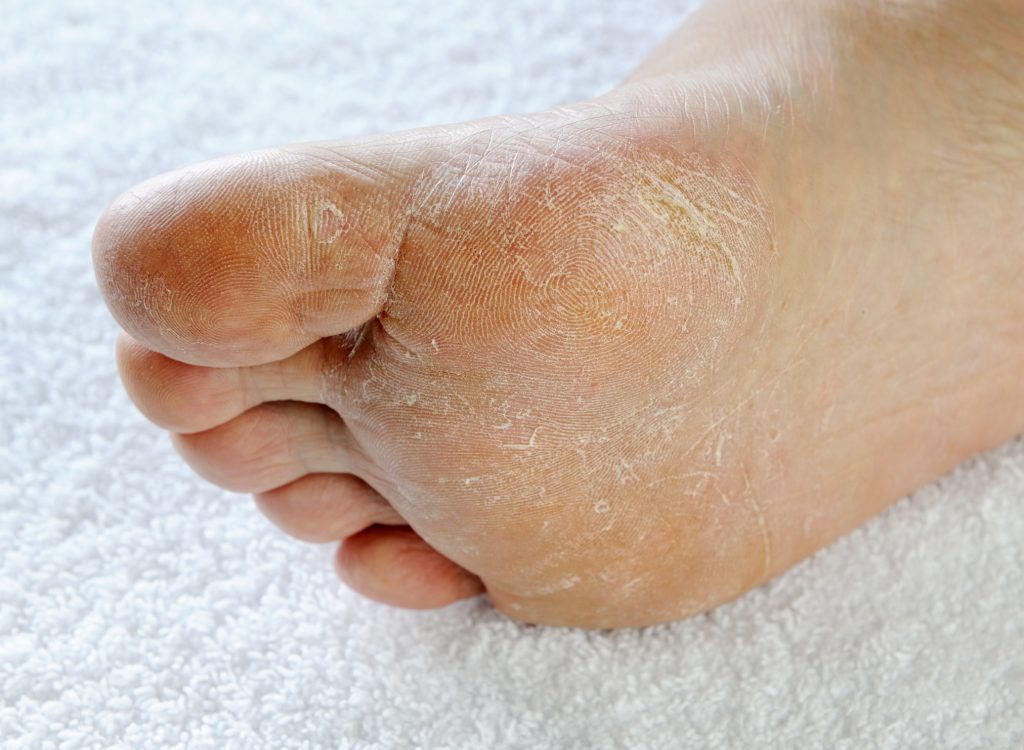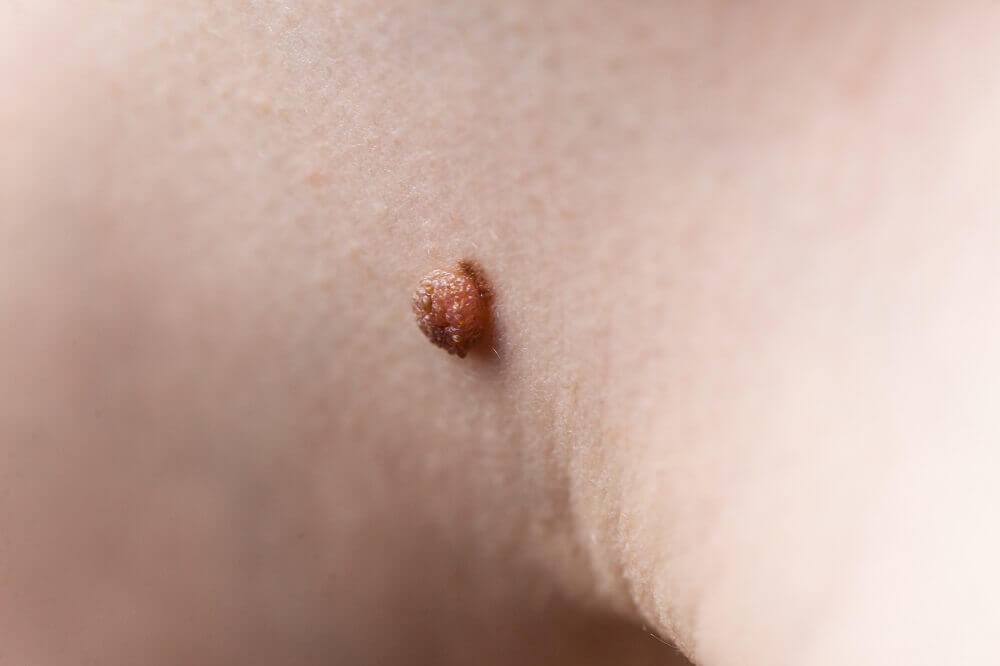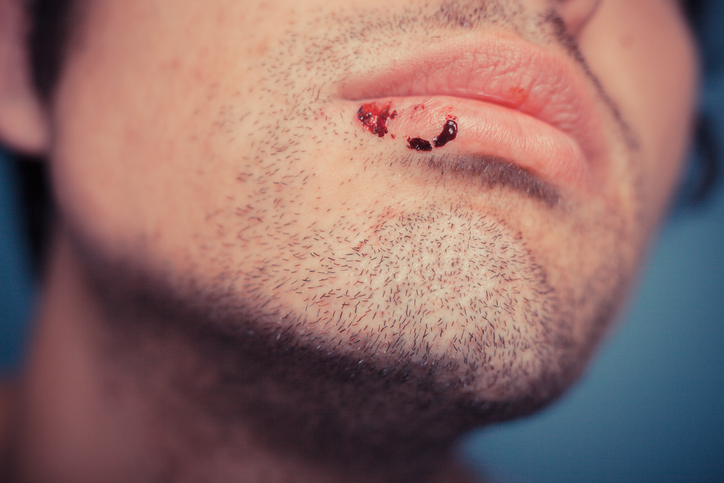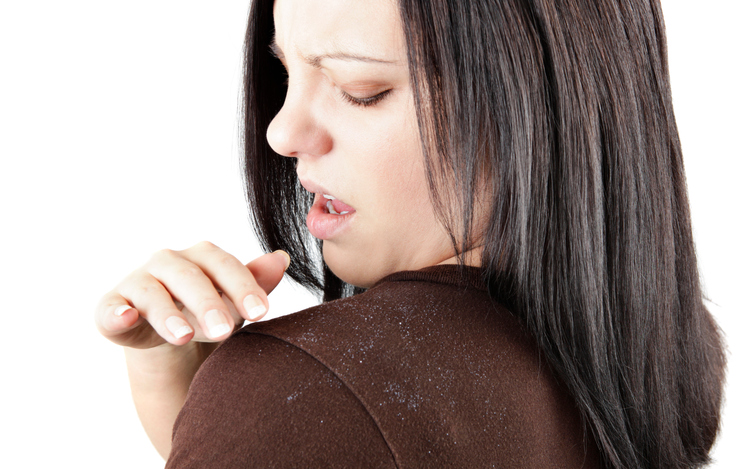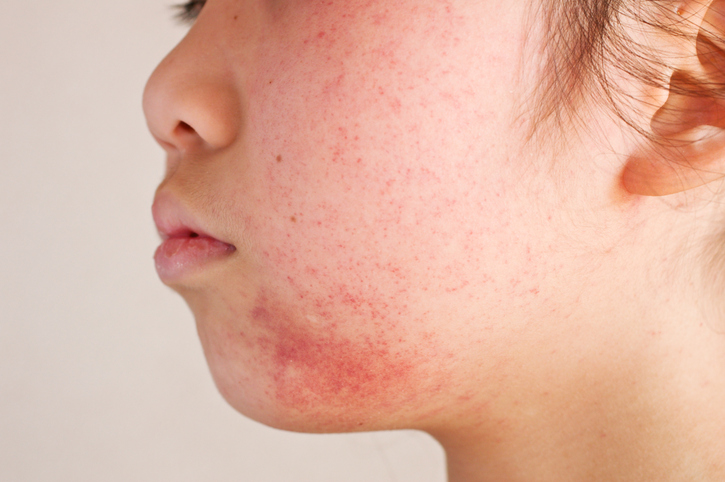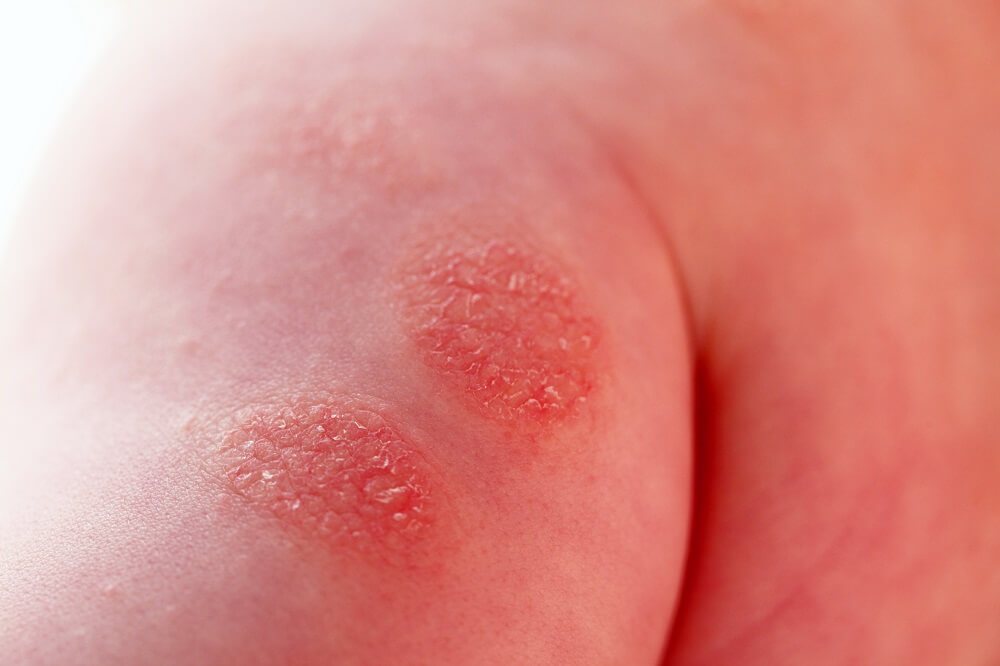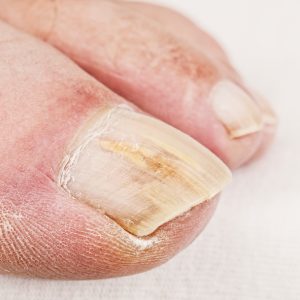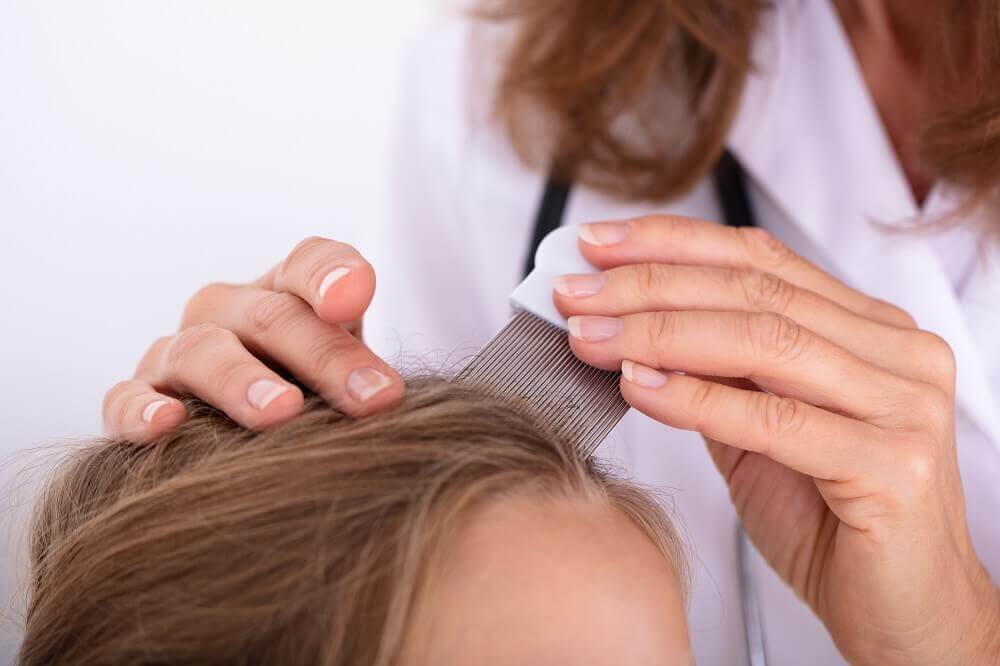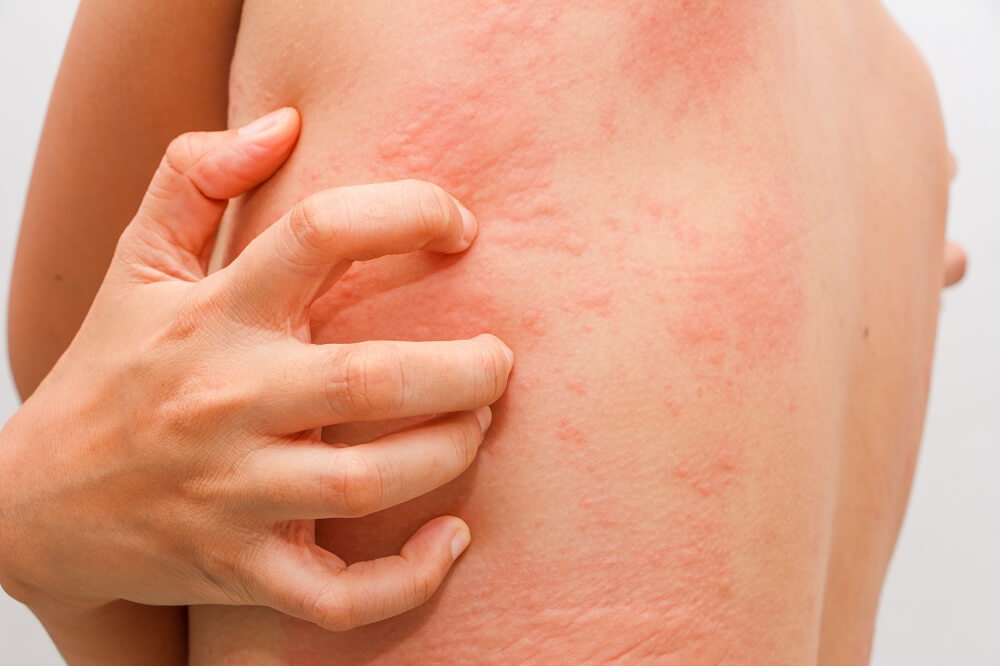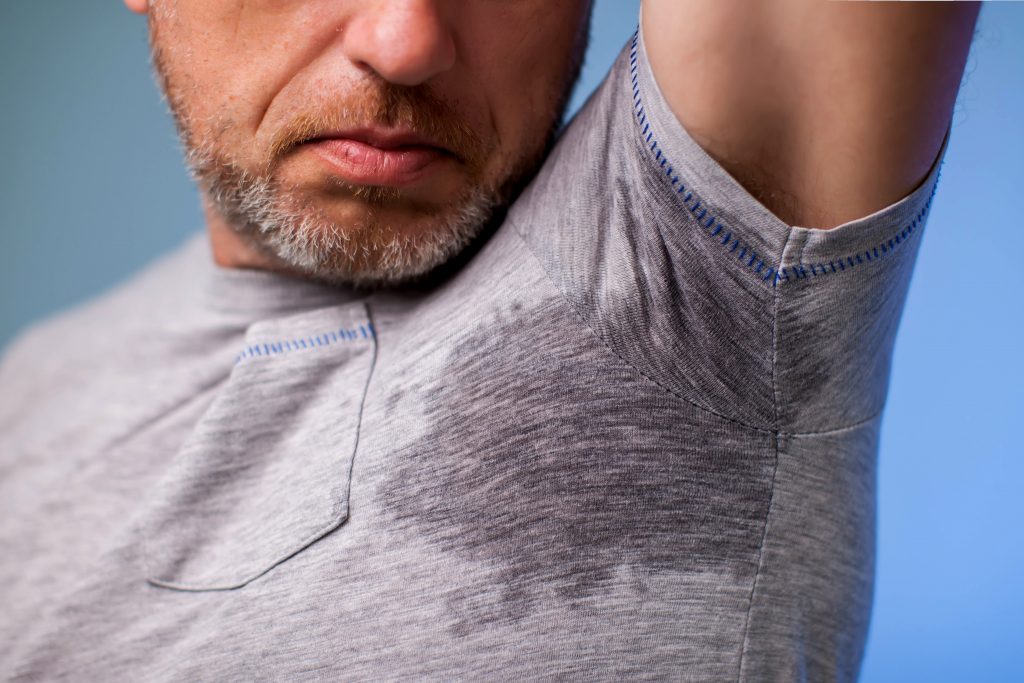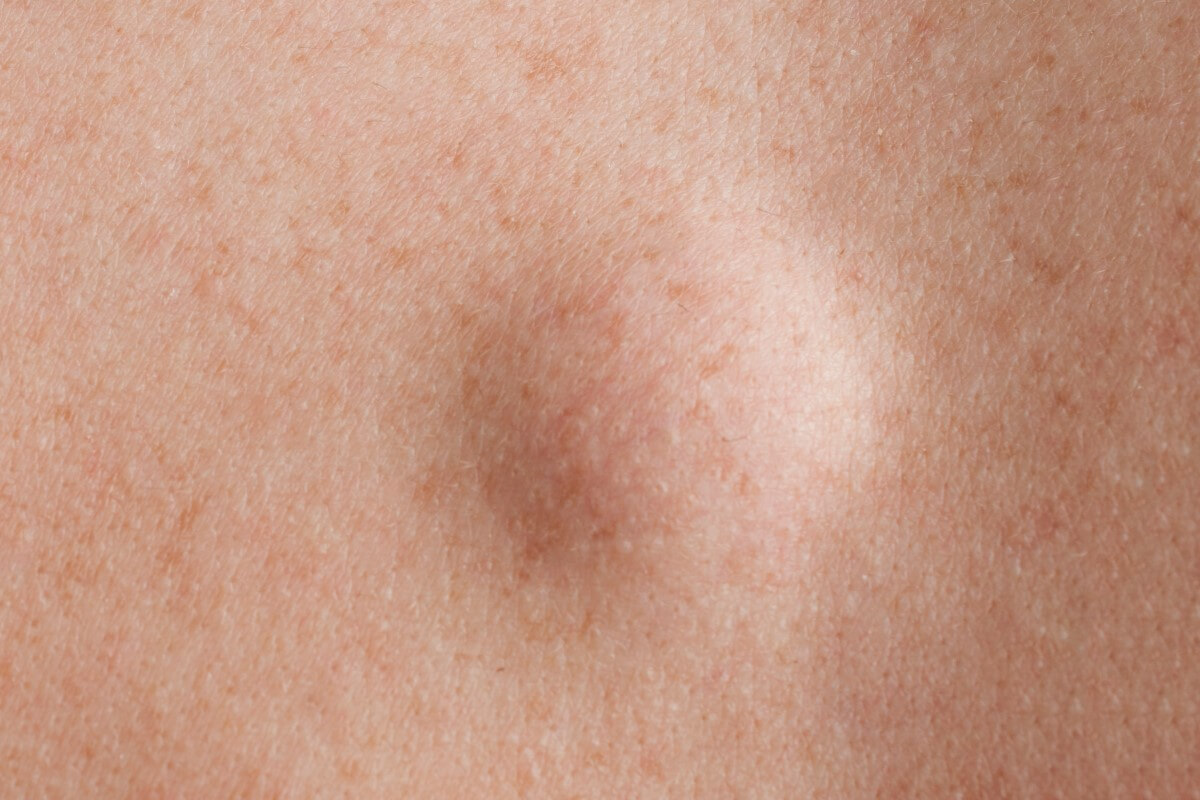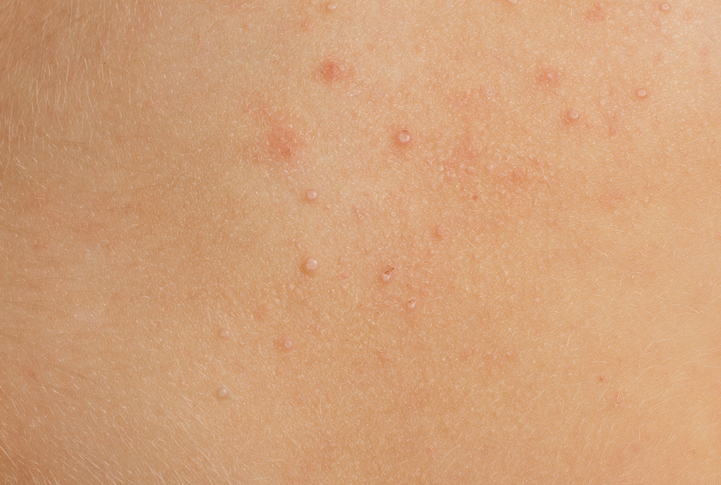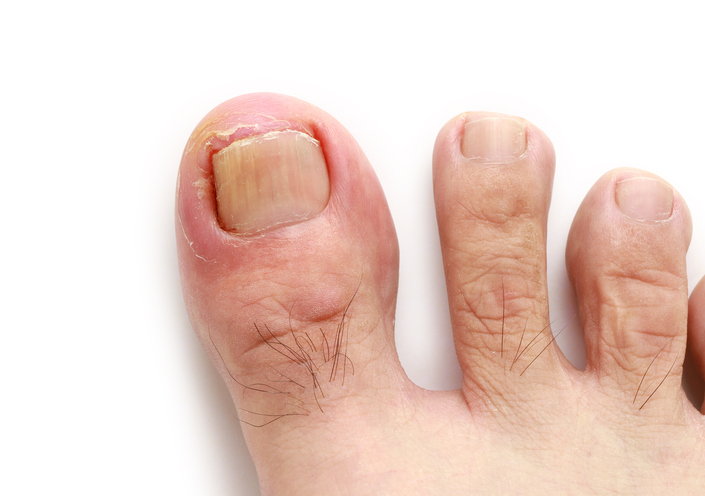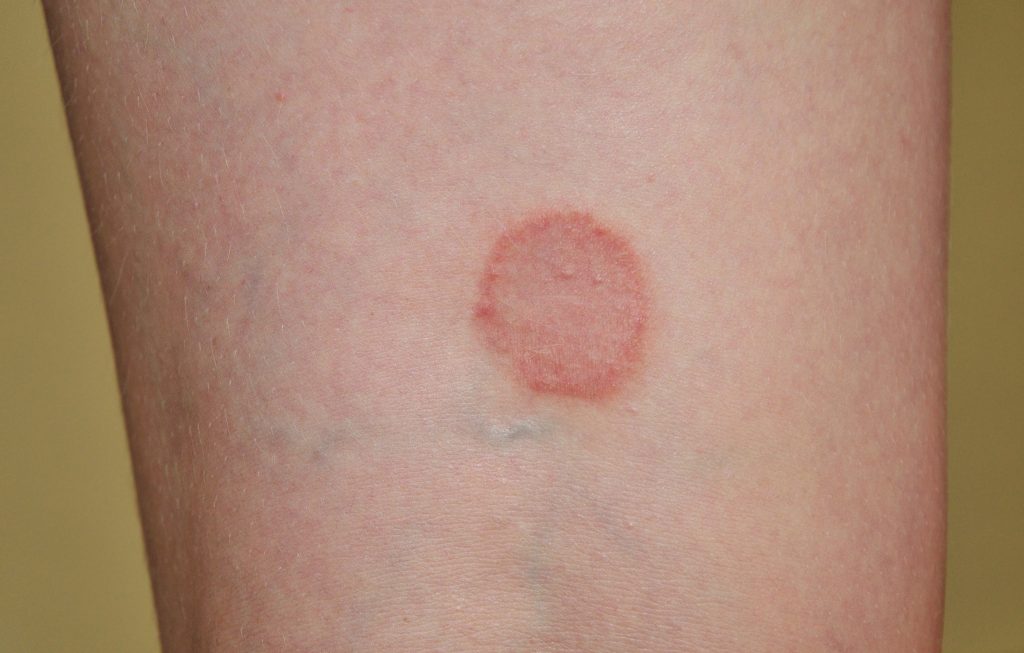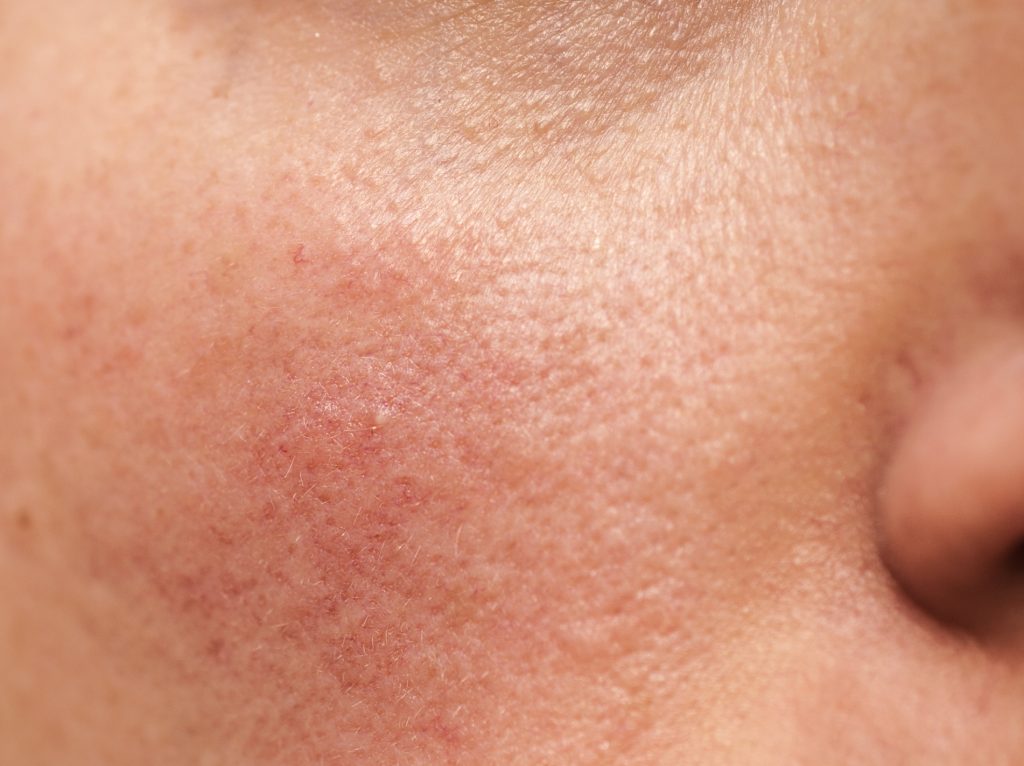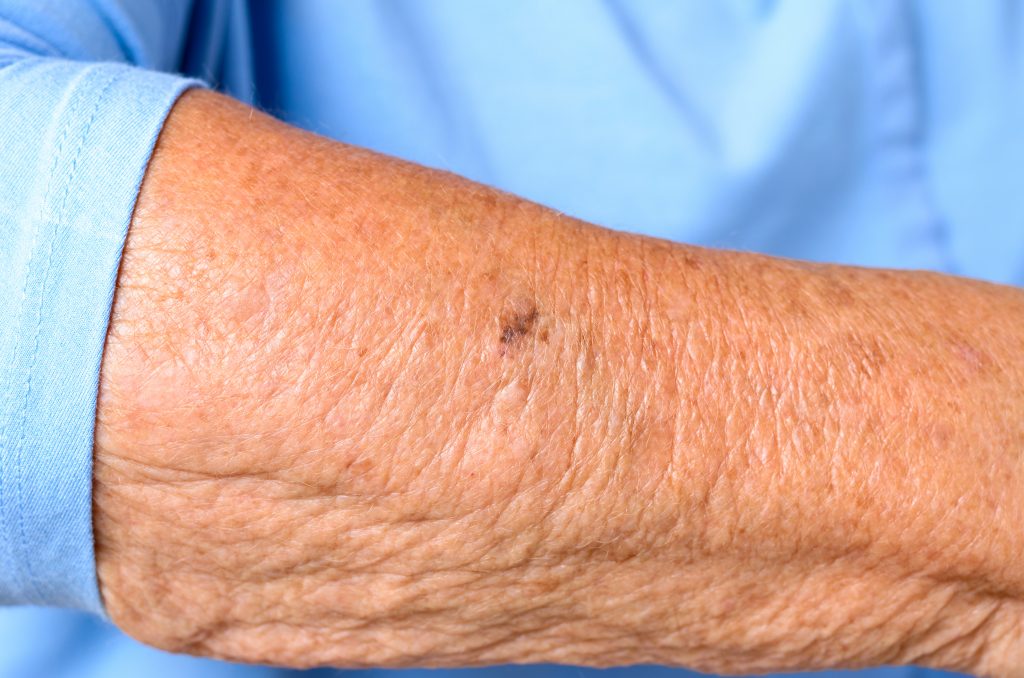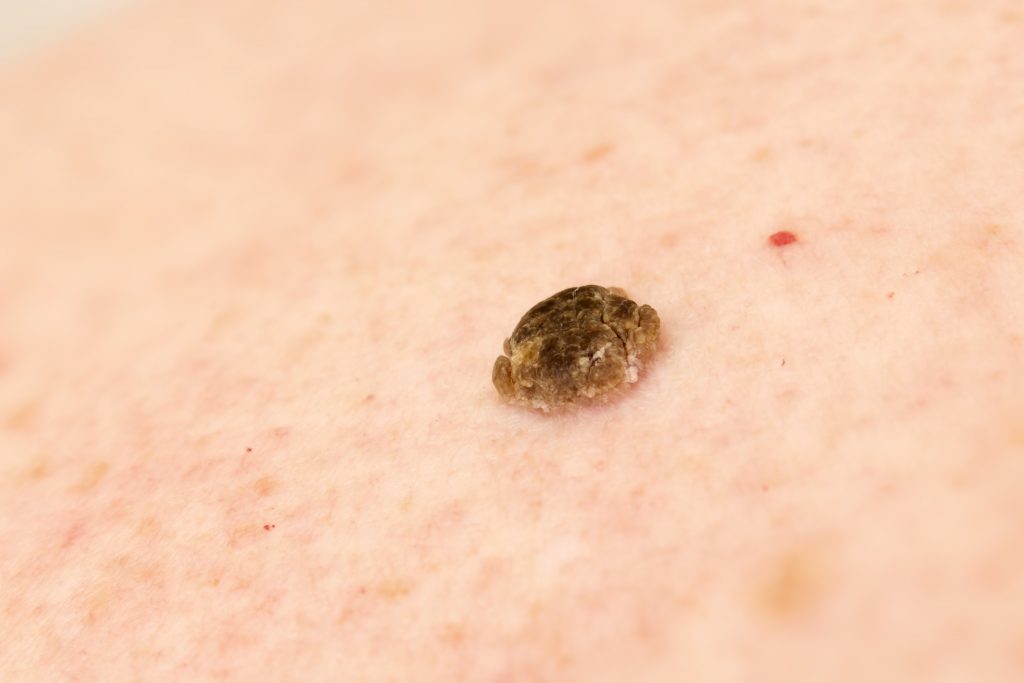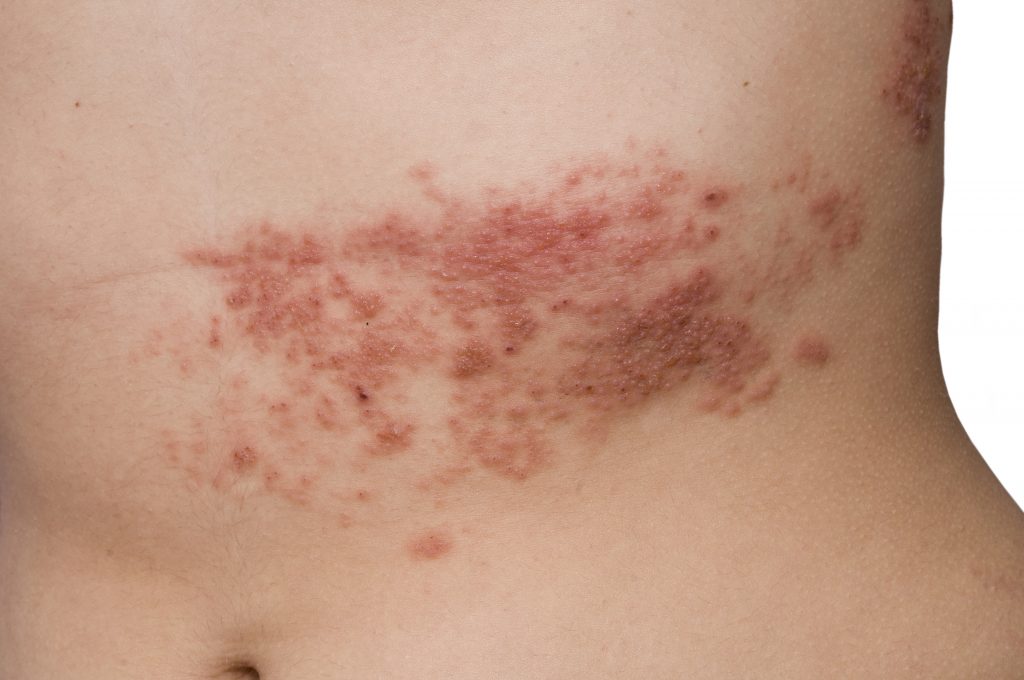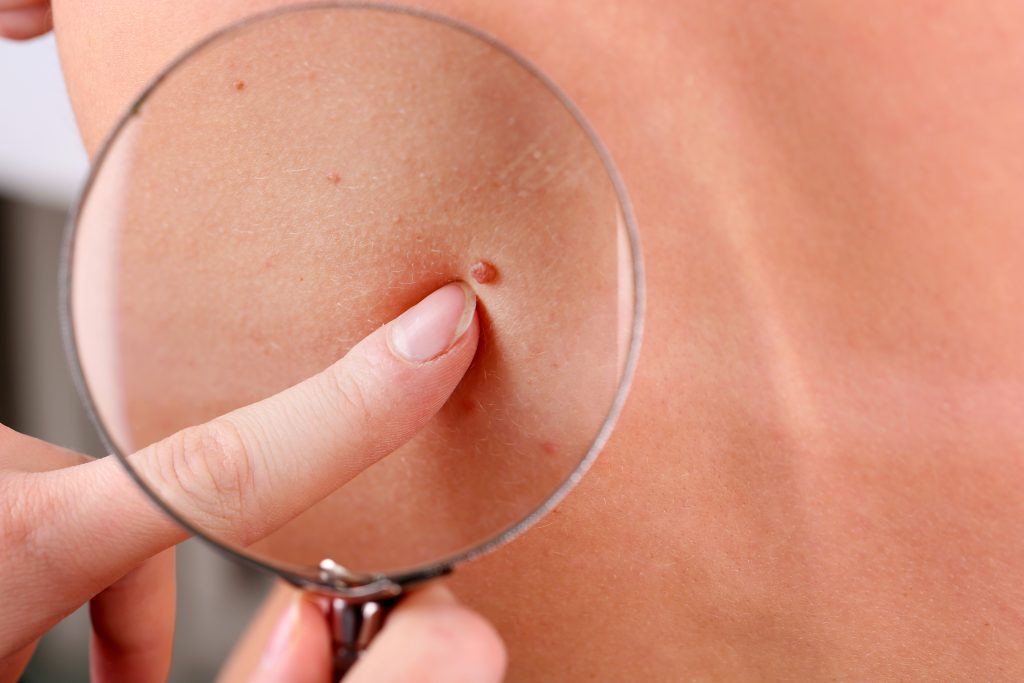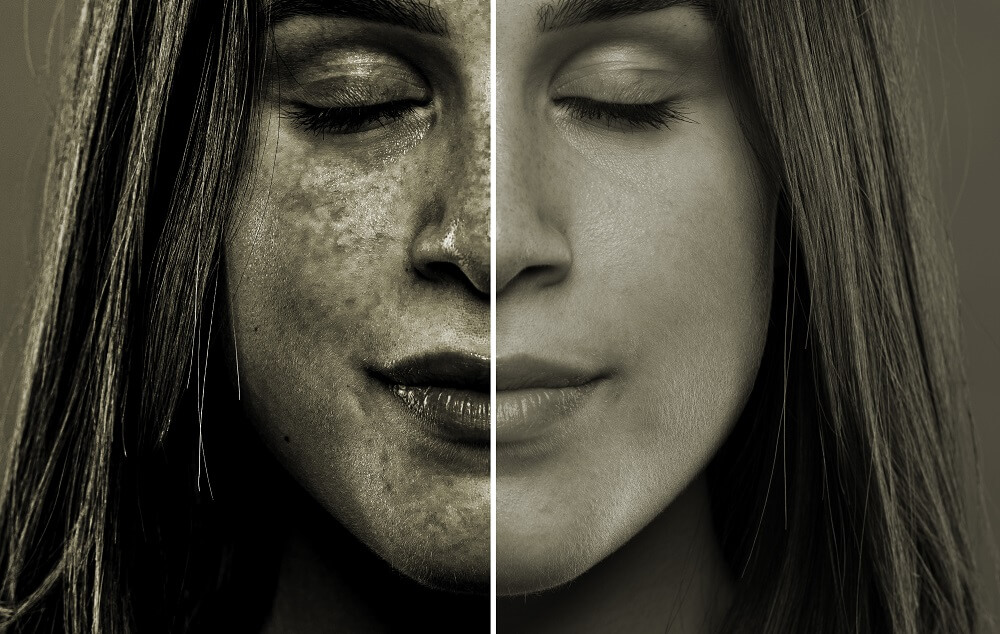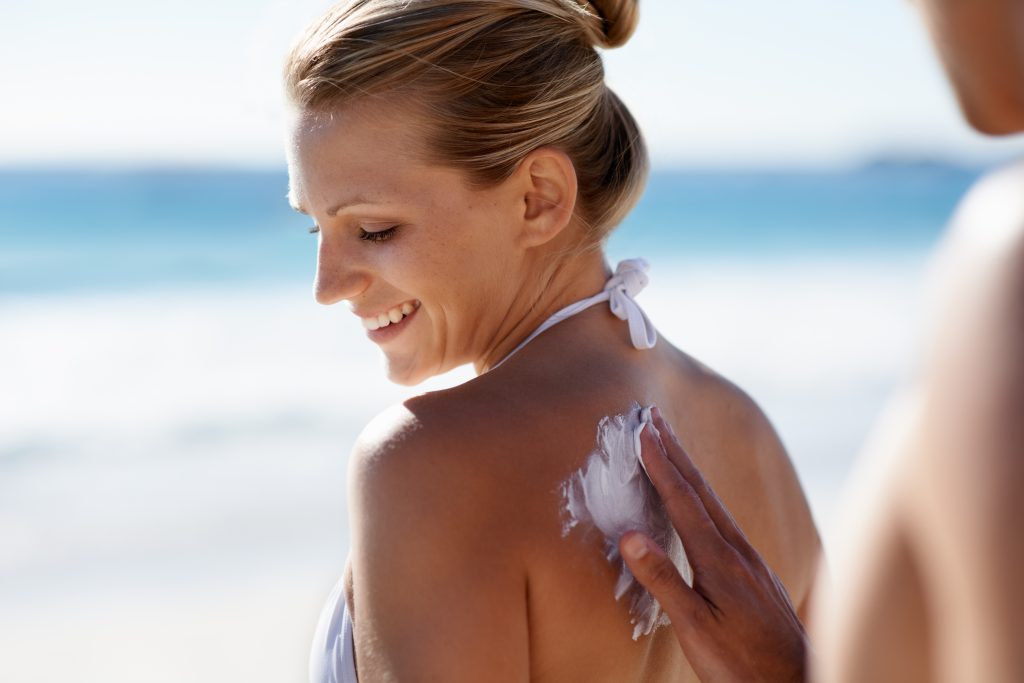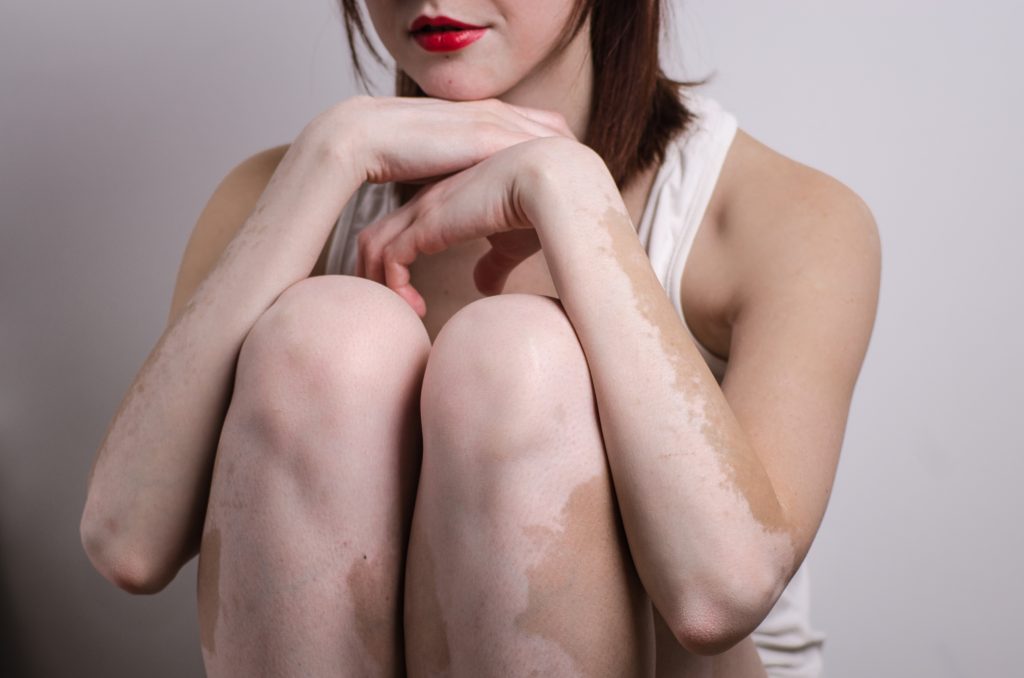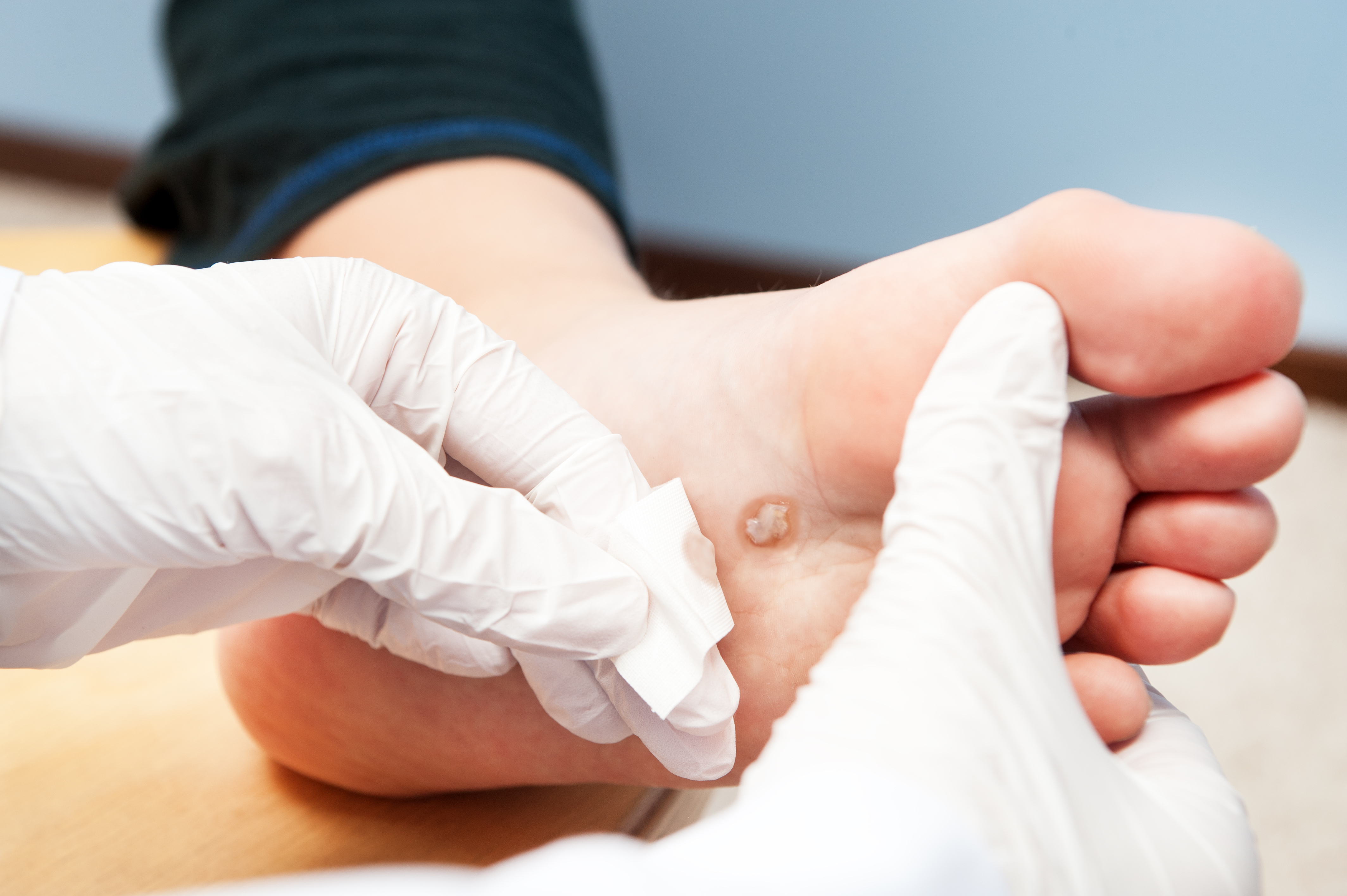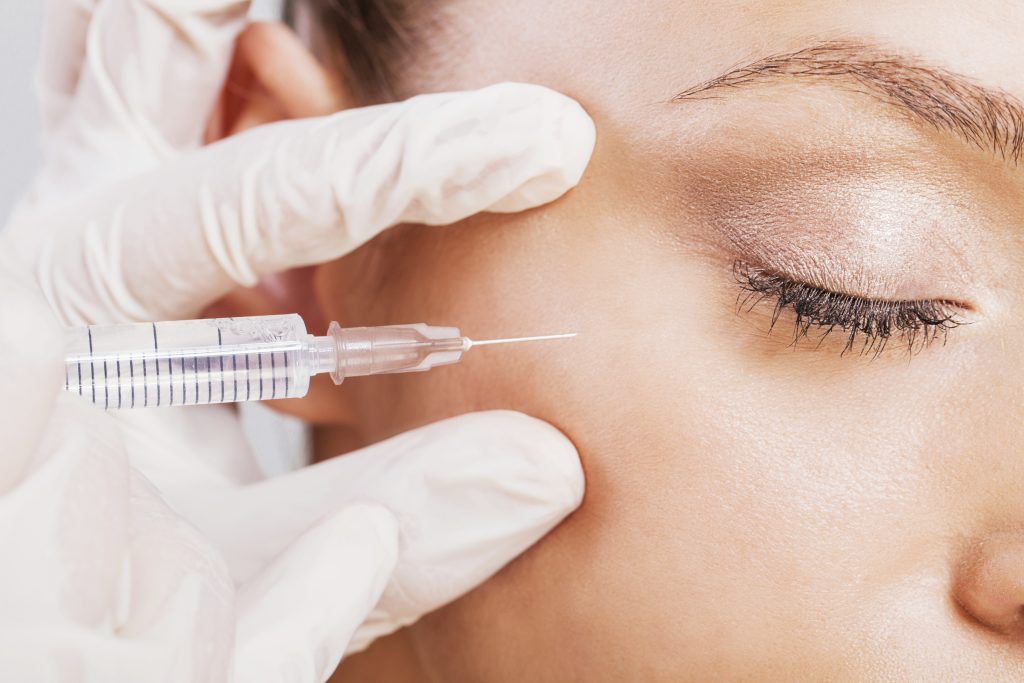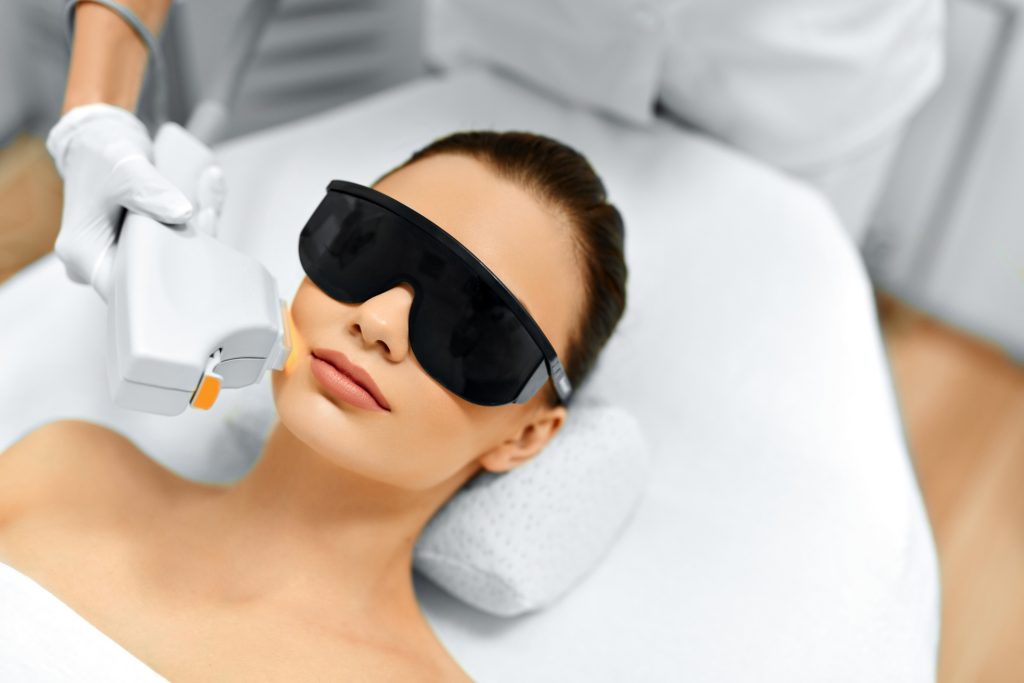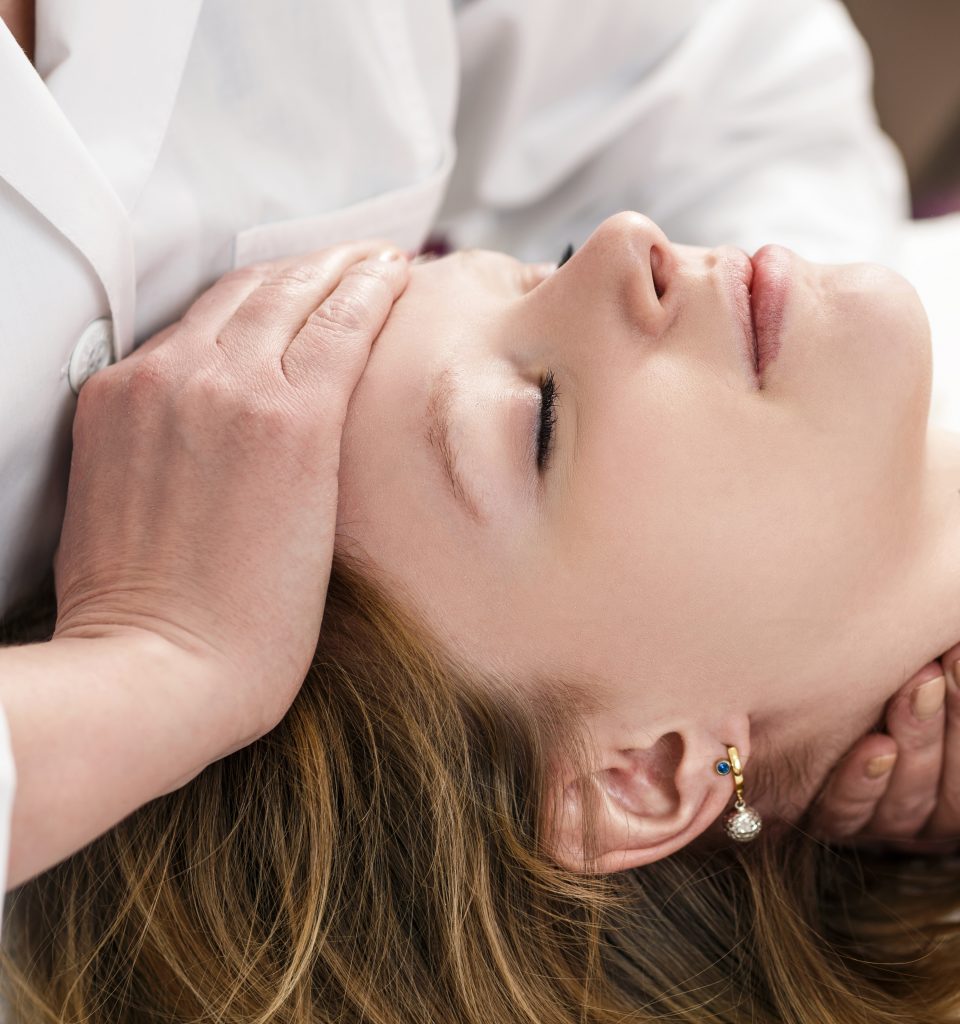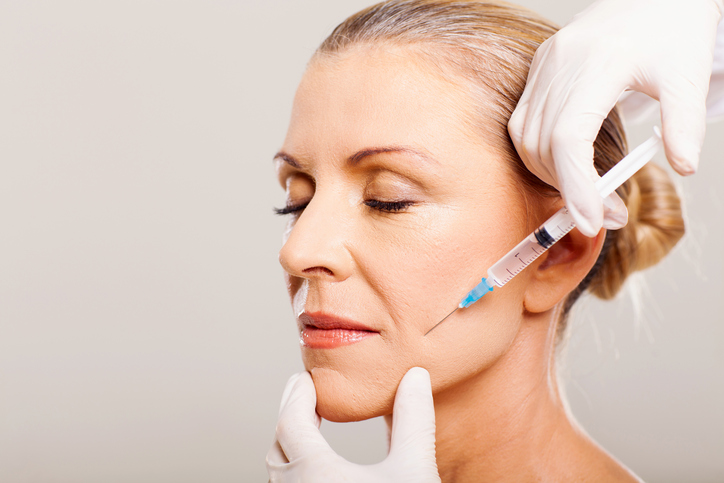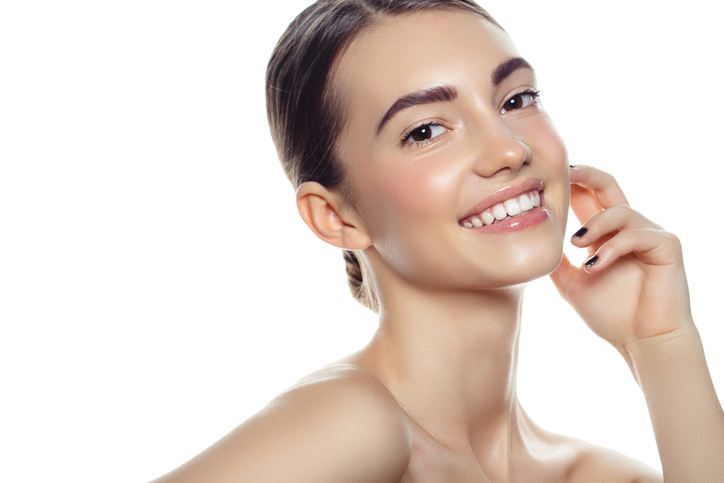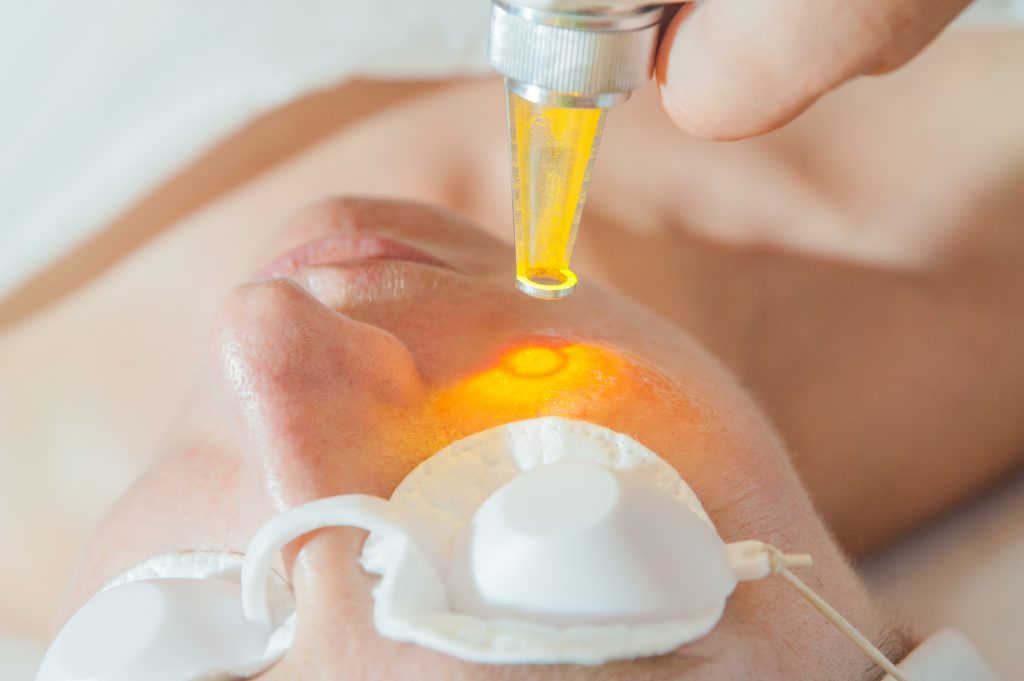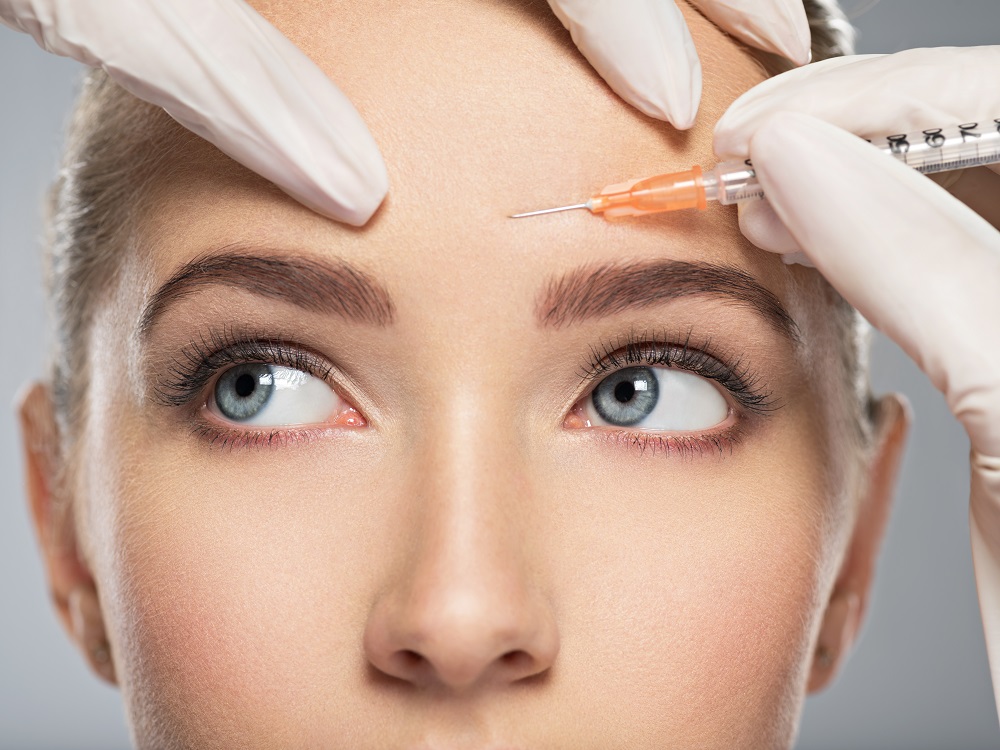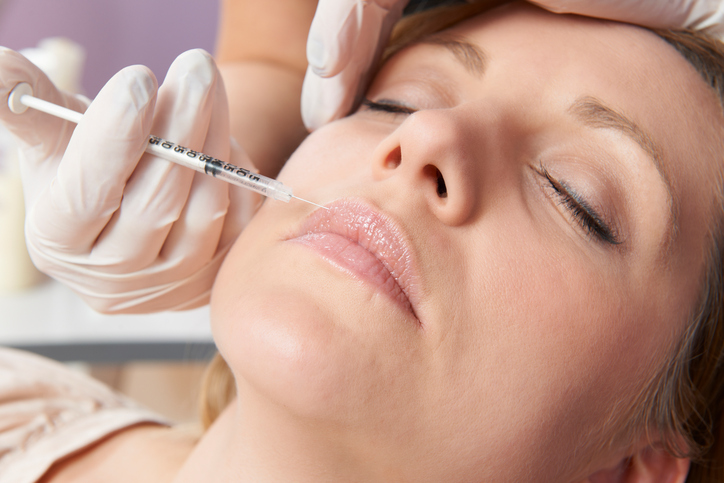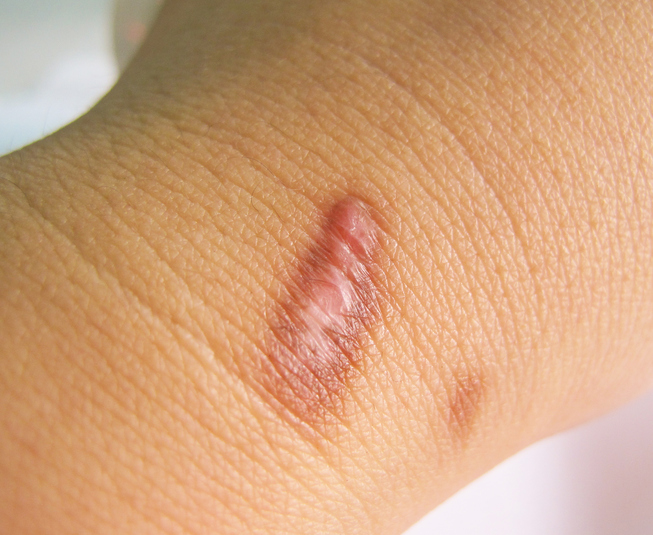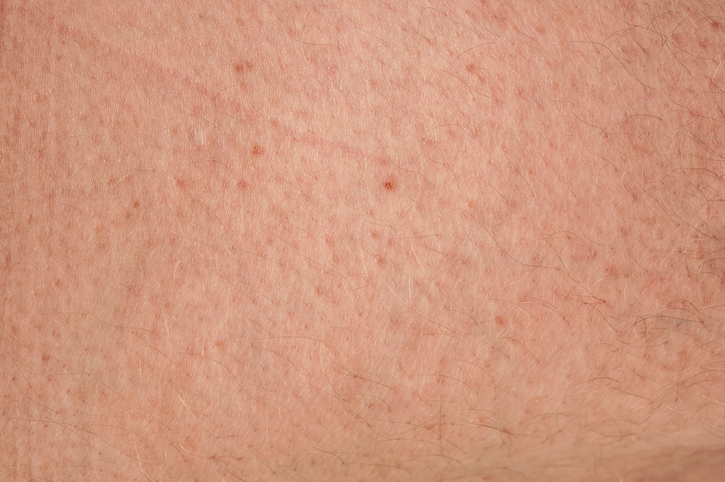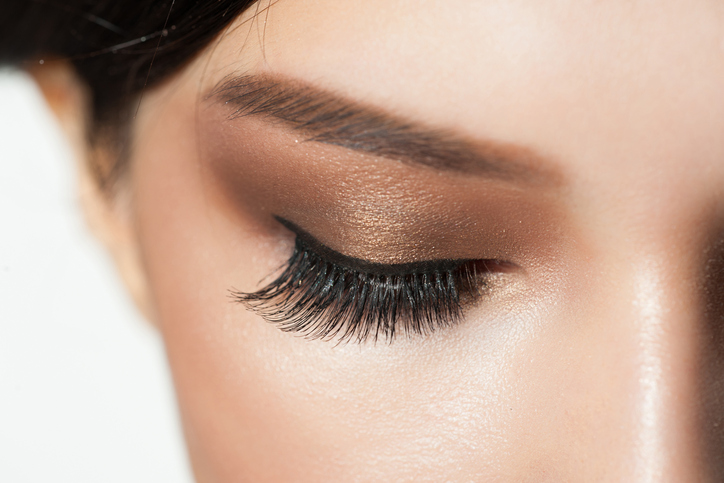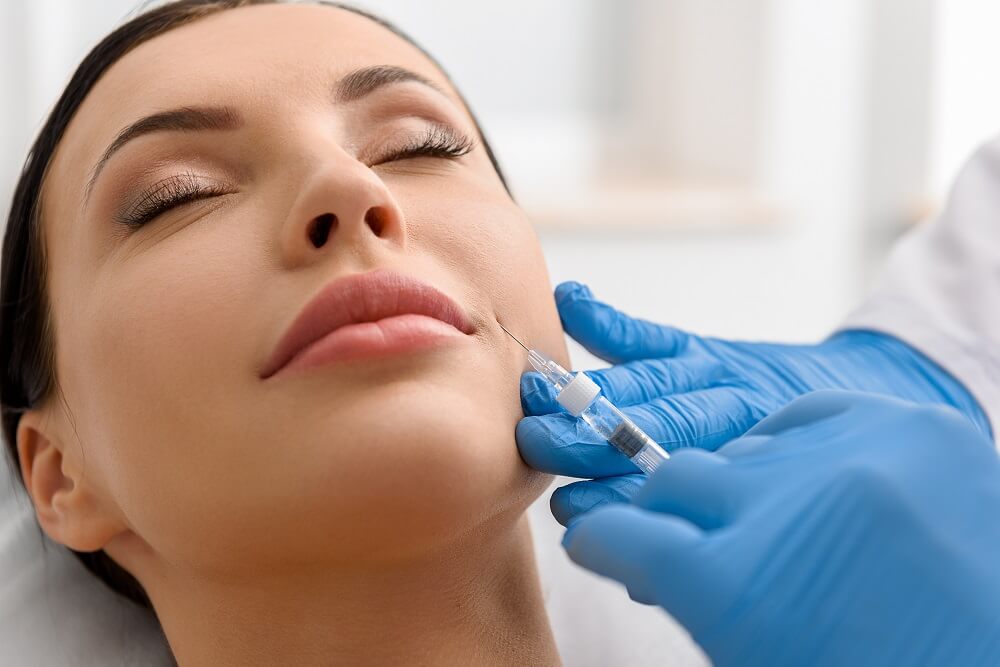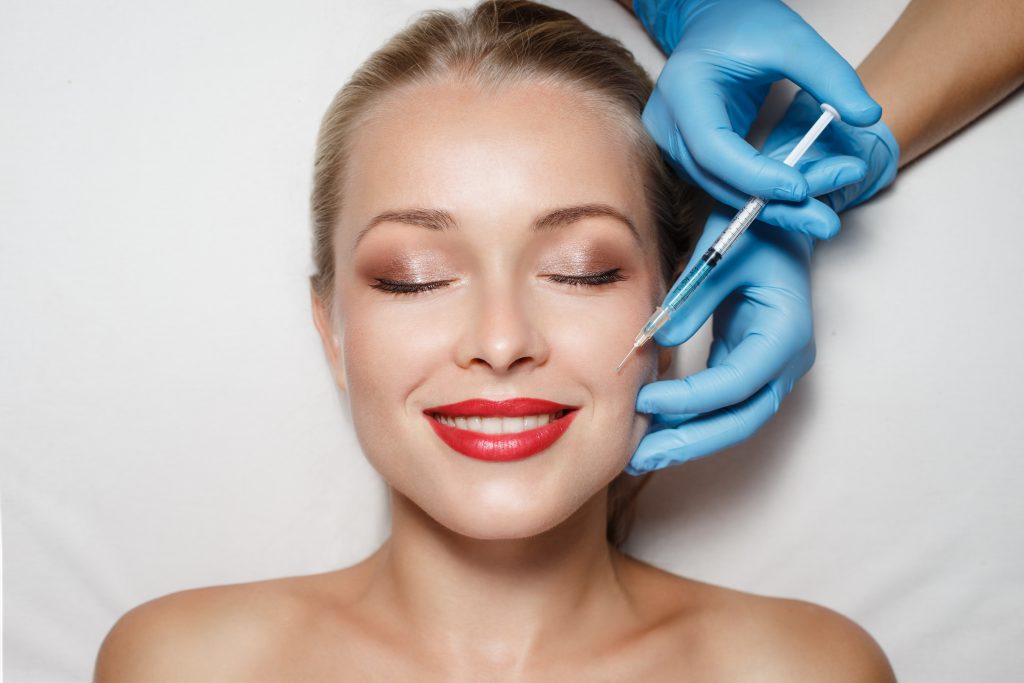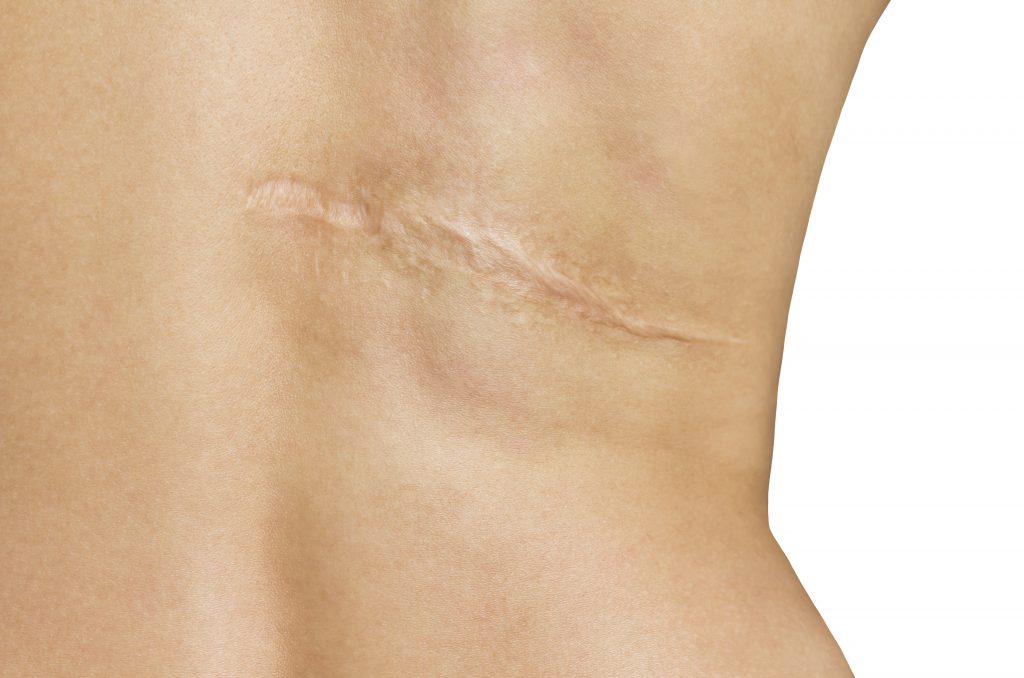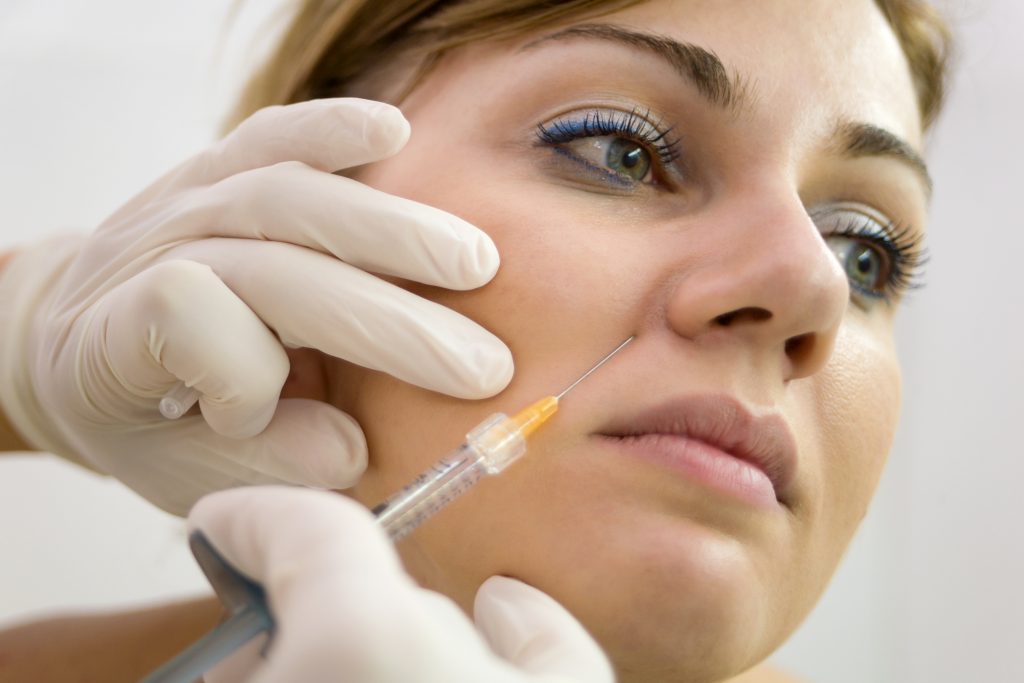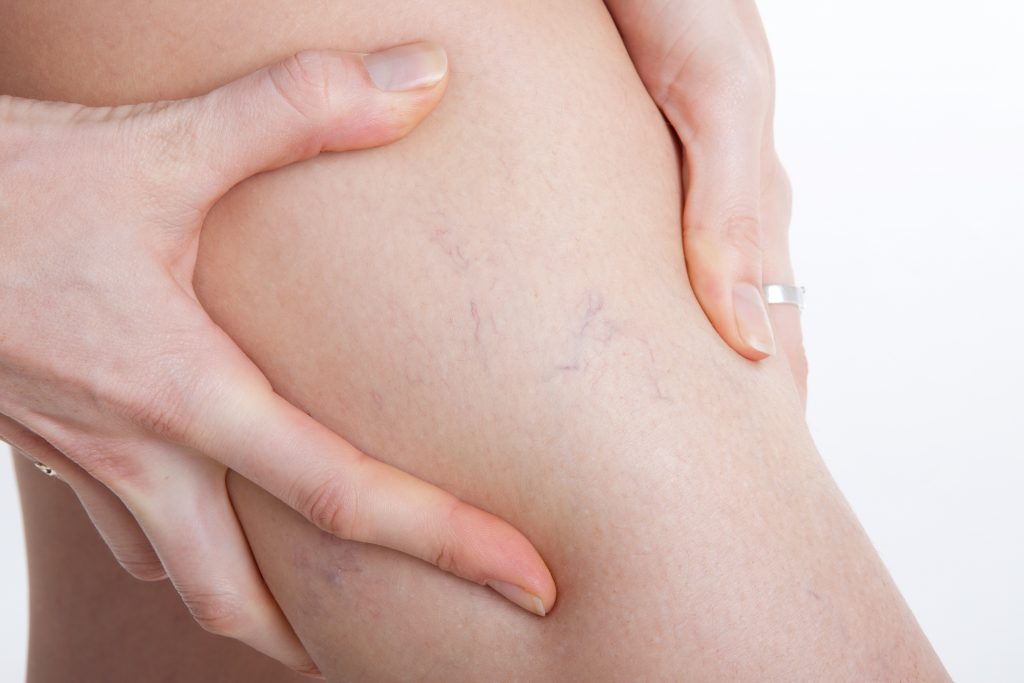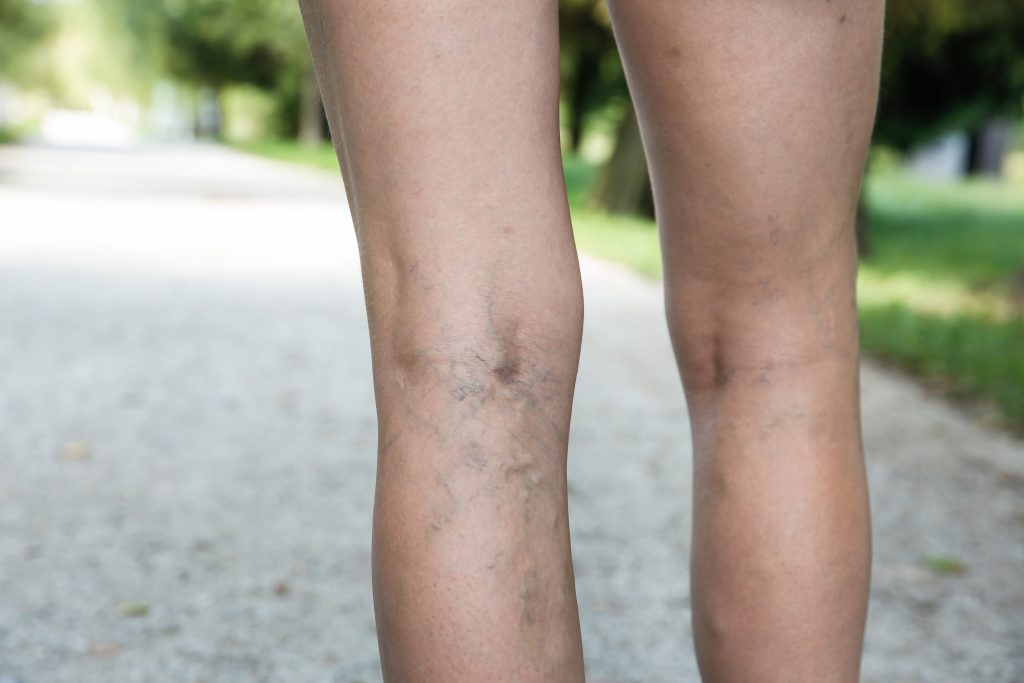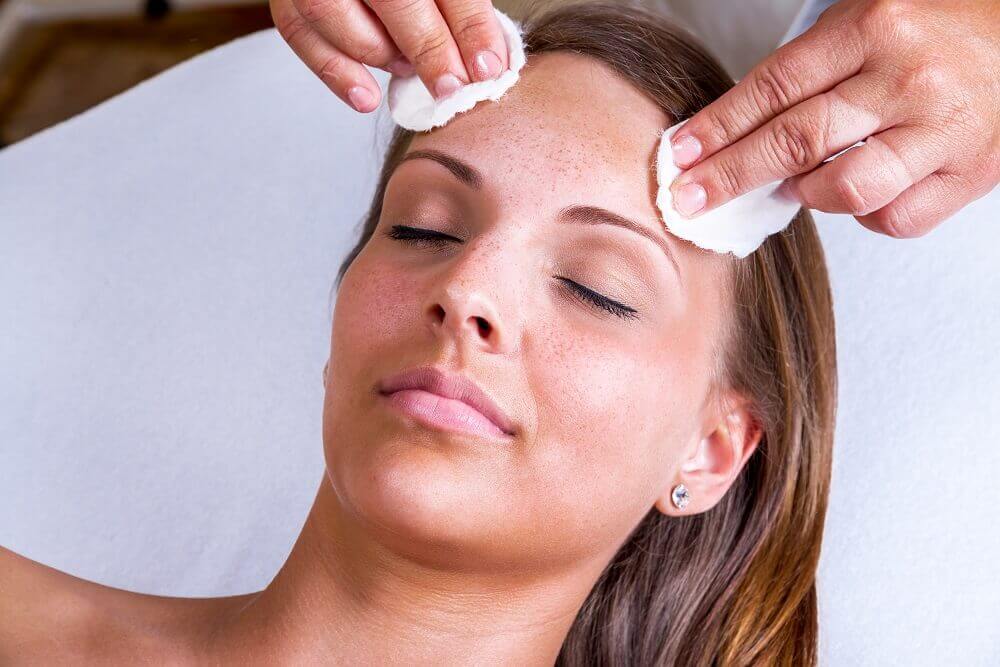Dr. Katherine Bell earned her undergraduate degree in human biology from Stanford University prior to obtaining her Doctorate of Medicine from the University of Miami Miller School of Medicine in Miami. Dr. Bell completed her internal medicine internship and dermatology residency at Baylor College of Medicine in Houston.
When choosing a specialty, Dr. Katherine Bell knew right away that dermatology was the perfect fit. She enjoys seeing patients of all ages and offers a broad range of services spanning from medical, surgical, and cosmetic dermatology. She is particularly interested in the art of surgical procedures and improving one’s appearance with cosmetic injectables and lasers. What Dr. Bell enjoys most about dermatology is the ability to stand at the forefront of evolving technology, which allows her to use new concepts, new medications and new innovations to help improve her patients’ quality of life.
Dr. Bell is a proud member of the American Academy of Dermatology, Texas Medical Association, Harris County Medical Society, and the Houston Dermatological Society. She has been recognized as one of Houston’s top doctors in H Texas magazine (2015), featured as one of Houston’s top doctors in Houstonia magazine (2013, 2014, 2015, and 2016), named Houston’s Top Dermatologist in Top Doctor (2020), and featured in Best in Texas Magazine (2022).
In her free time, Dr. Bell enjoys going to the theater, playing piano, and spending quality time with her husband and children.
Dr. Bell provides care at U.S. Dermatology Partners Kingwood.
Specialties and Affiliations
- Alpha Omega Alpha Honor Society
- Wilhelm Paul Johnson, MD, Memorial Award
- Stanford Honors Program
Badges and Awards
